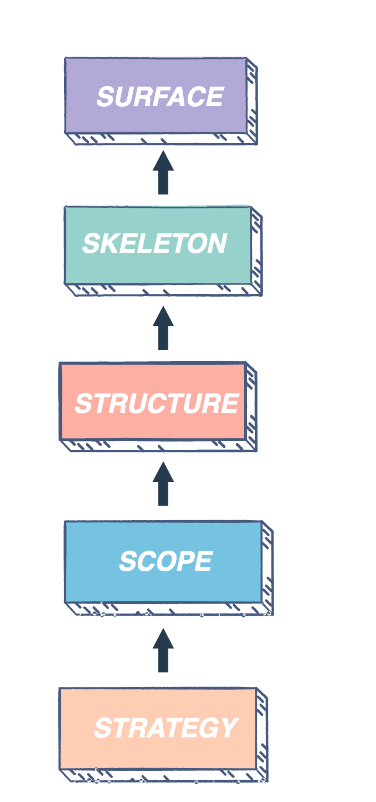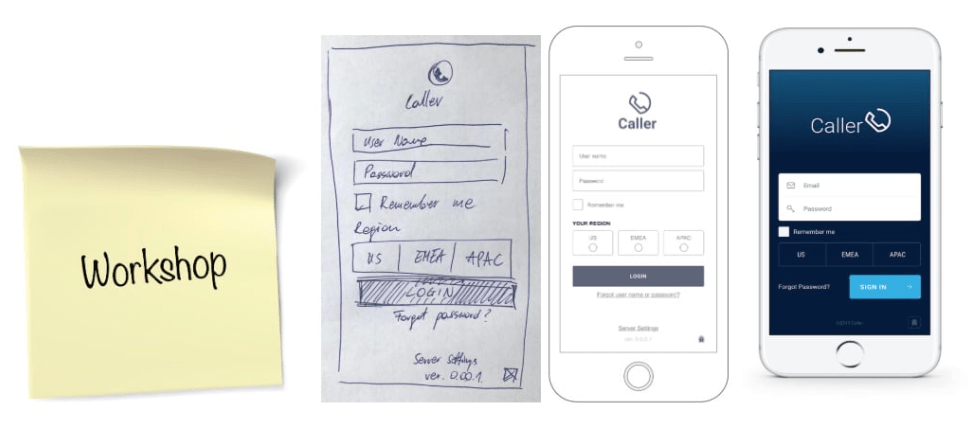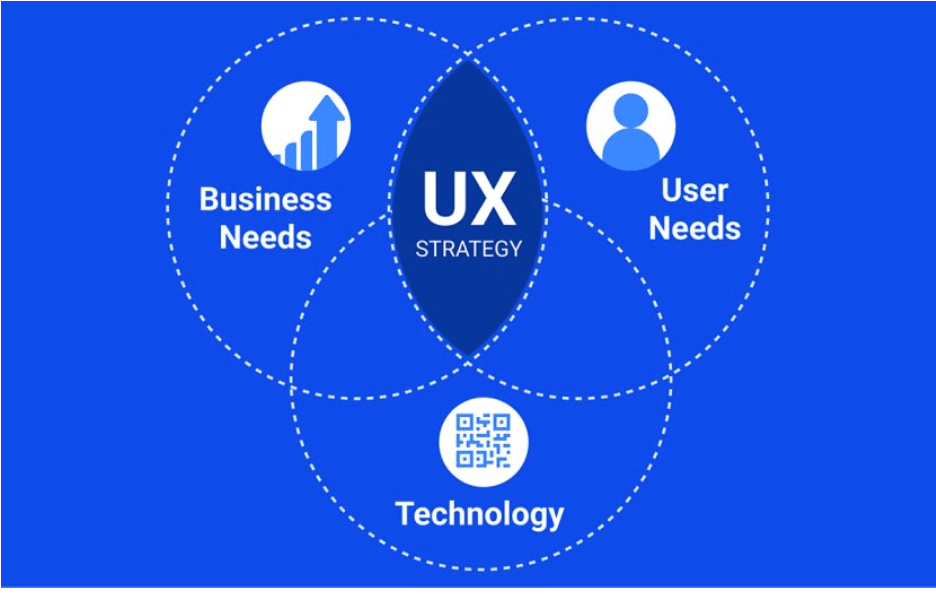UX design is a key component of a successful overall experience for users. A good, visually appealing product or website must include the five elements of UX design.
If you’re online shopping or surfing through airline sites for ticket prices, you’re experiencing a website. Is that experience a seamless one? Or did it feel very cluttered when you were searching for those desired flight times?
Enhancing the need for users to have a seamless experience is why UX design is an important feature and tenet of web design.
UX design has many dimensions, concepts, and elements, making it a complex and crucial process for any company looking to build a successful product of website.
This article will dive into the concepts behind UX design and the five elements that hold the foundation of user experience together.
Looking to onboard a UX designer for your team? Check out our directory of the top UX design agencies.
What is UX Design?
A user-centric design is critical to a successful user experience, which is where UX design comes in.
Kevin Mann, Clutch Senior UX Designer, defines UX design as “[about] creating things that people interact with (physical or digital) that are easy to use, beneficial to their daily lives, and are delightful to interact with.”
[UX design is about] creating things that people interact with (physical or digital) that are easy to use, beneficial to their daily lives, and are delightful to interact with.
The overall goal of UX design for businesses should be to improve customer satisfaction and loyalty by providing seamless interaction with a product or site.
“As a UX designer, you have to research your target audience…everything starts with the user,” Mann said.
Before launching into a UX design project, it is important to learn the five key elements of UX design.

This guide breaks down each element of UX design and how it comes to play within an overall design.
Five Elements of UX Design
1. Strategy
The foundation of a successful UX design project begins with strategy.
Within the strategy phase, it is important to figure out how business objectives can blend with user expectations. To help with that, a designer must gather information by researching the user.
Through this phase, the designer can put together a survey or hold focus groups to figure out the interworkings of a user, which includes their needs, pain points, and more. These insights can better the design.
For example, if your company is building an app that users can personalize, it would be helpful to gather findings on what exactly users would want to personalize. Is it color? Is it text? Is it something that didn’t cross your team’s mind at all?
As one of the five elements of UX design, strategy combines business goals, brand identity, and user feedback to start the basis of your design.
2. Scope
After the strategy phase is broken down, designers will move into the scope phase.
The scope phase is where the characteristics of a product, service, or website are fully defined. With this, designers can scope out what features are in the product and what they need to accomplish for the user.
Scope consists of two aspects: functional requirements and content requirements.
- Functional requirements: include the functions that need to be added
- For example, in your company’s app, the user is going to need to navigate through, so your app should include navigational features like back buttons.
- Content requirements: include the features that add value to your product
- For example, your app including audio while users navigate to different sections of the app.
As one of the five elements, the scope phase helps the design team further define the use and goal of the product, which benefits the end user.
3. Structure
The third element of UX design is structure.
The structure phase is where the designer organizes the design, which is based on two interactions within the system.
- Interaction design builds upon the functionalities.
- For example, how are the navigational arrows positioned on your app? Are they in clear view? Are they toward the bottom or top? Which positioning helps the users navigate the most effectively?
- Information architecture helps with how the content is structured and arranged.
- For example, on the main screen of your app, how do you explain your services to the user? Is it step by step? Organized by topic? What makes the most sense for the user?
As one of the five elements of UX design, structure is one of the most important – without a successfully organized structure, users are more likely to not engage with your product or service.
4. Skeleton
The fourth element of UX design is the skeleton phase.
In this phase, the designer combines user interface elements with experience. Within this element, wireframes or mockups are usually developed.
Read this: ‘4 Benefits of Annotated Wireframes for Mobile Apps’
The skeleton phase includes three main aspects:
- Interface design
- Navigational design
- Information design
All of those aspects ensure that the design is well-represented and fits user understanding.
For example, the designer of the app will want to ensure that app information moves smoothly from one screen to another. These small, but major components are all focused on in this phase.
As one of the five elements of UX design, the skeleton phase focuses on the subtle, but important movements of the product, which help with overall user understanding.
5. Surface
The final element of UX design is where everything comes together.
In the surface phase, the designer finalizes the ‘surface’ of the product, which includes visual layout, colors, and more.

This is what the user will be interacting with within the final product (pending any updates).
As one of the five elements of UX design, the surface phase combines all of your team’s hardwork into a ready-to-use product for testing and approval.
Five Elements of UX Design: In Practice
The five elements of UX design work together, focusing on the most important customer.
The strategy phase involves brainstorming how to fit business goals with user expectations. In the scope phase, features are fully-defined for the user, before launching into the structure phase where the organizational steps begin to take place.
The skeleton phase puts everything together while focusing on small features that benefit overall user interaction. The final element, the surface phase, focuses on the final product, which includes all of the design features, and more.
Knowing the basics of UX design will benefit your product’s overall positioning with your target audience.
Hire a UX designer to help with your company’s mission.
Additional Reading:
